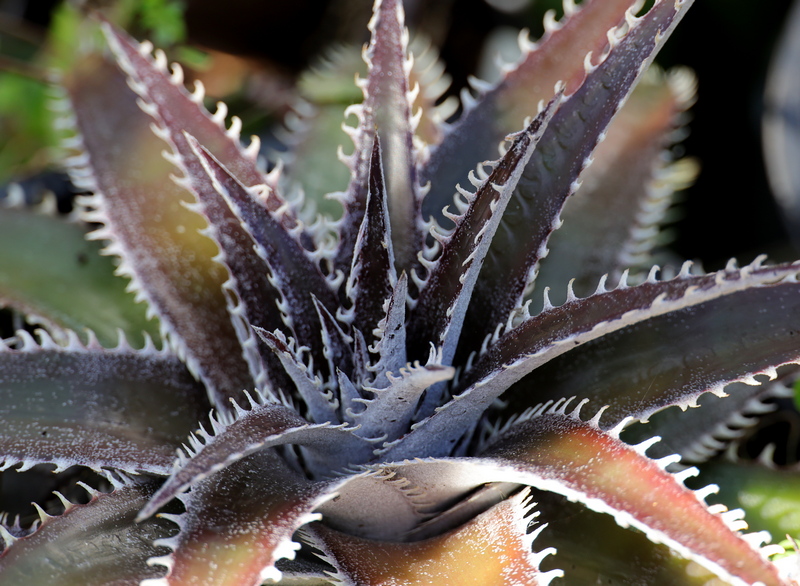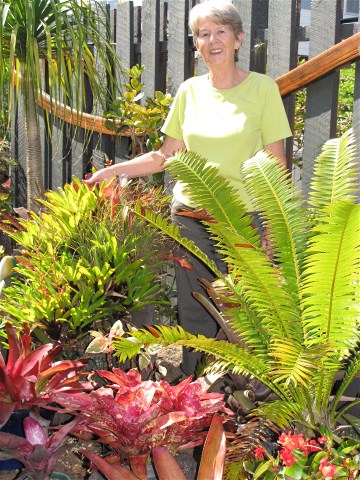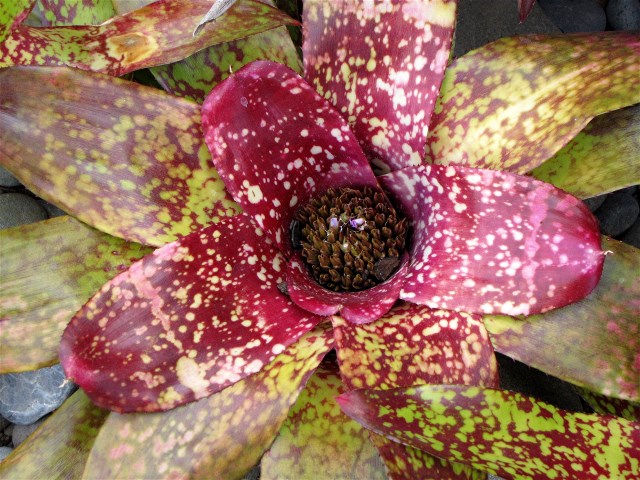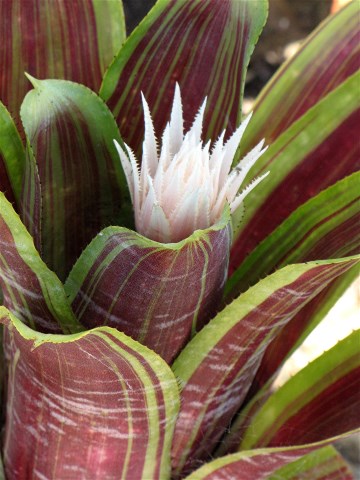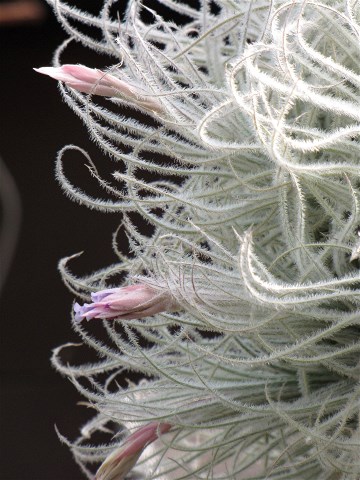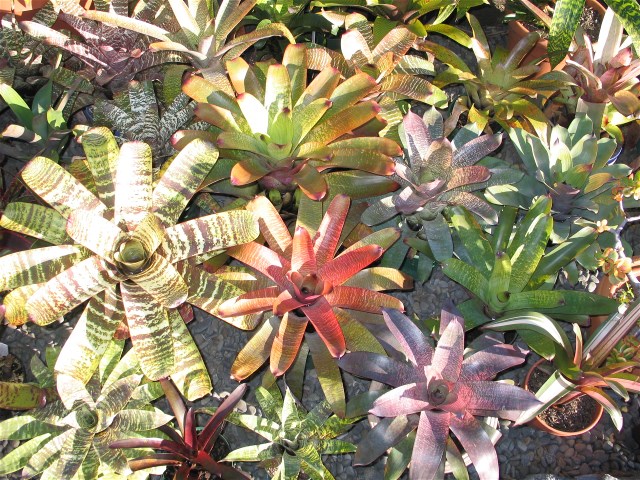They say that what goes around comes around and for Dean Morman the repaying of an old kindness has come at just the right time – although he is drawing breath at the thought of moving hundreds of bromeliad and tillandsia plants from Pāpāmoa to Mangawhai.
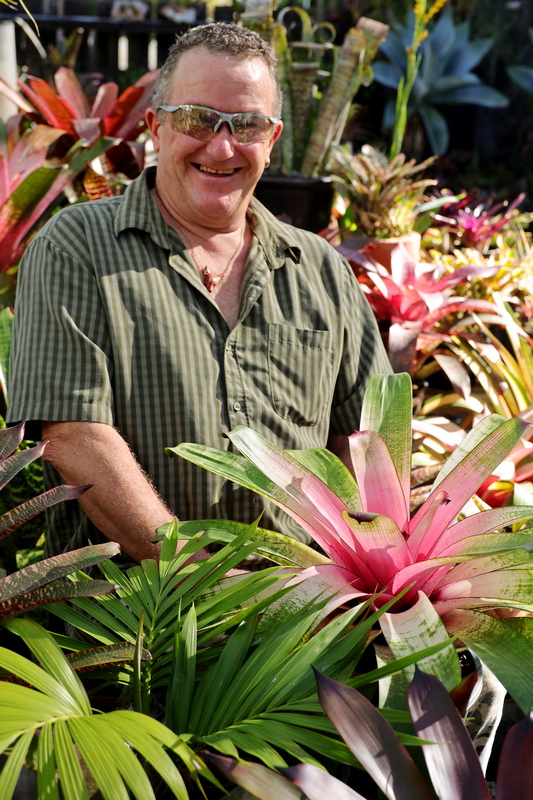
Many years ago Dean took a young man under his wing and into his home – in other words, made a friend of him. Now, after a rugged few years for Dean, including the sudden death of his partner and spending 5 years as caregiver to his parents, that kindness is being remembered. “He came when Dad died and said, ‘why don’t you retire to Mangawhai, we’ll give you a place rent free’.” Having been advised by his doctor to give up landscaping, the timing was perfect for Dean who is looking forward to his last job – creating a sub-tropical garden for his friends at their new home.
“I don’t begrudge one second of the time I spent looking after Mum and Dad,” he says. “It was a bit of payback for the great life I’ve had, thanks to them. But for the first time in my life, it’s all about the plants and me.”
Dean was a landscaper in Auckland 15 years ago when his accountant asked him if knew how much downtime he had. “He’d worked out that I spent 3 and a half weeks a year sitting in traffic. Well, that was that. Mum and Dad sold their place, I sold my place and we ran away to Pāpāmoa.” Taking 28 tonnes of plants with them.
Studying for a Bachelor’s degree in horticulture and landscape design, Dean was lured away by the music industry, spending 30 years as a lighting director. He toured with top Kiwi bands and met international stars including Bob Marley, Bono, Paul McCartney, and David Bowie. “I raided Bowie’s wardrobe, what a guy.”
Being on the road for up to 5 weeks at a time meant few houseplants survived and so began his interest in bromeliads, native to South and Central America. Spotting a sale sign outside the RSA War Memorial hall near his home in Balmoral, Auckland, he went in. “There were three tables, a few plants and a couple of old ladies. I’m still going to that same hall to buy and now it’s full of plants and New Zealand’s top hybridisers – it’s not unheard of to pay $1,000 for a plant.”
The decision to return to landscaping was easy. “I was getting sick of the lifestyle and the dangers – there are lots of accidents because you’re driving all the time. A mate nodded off, drove into Lake Taupō and died. I was supposed to be with him, so that was it. I changed career and went back to my roots.”
Pāpāmoa’s salt-laden air and occasional frost haven’t bothered Dean’s bromeliads as he’s taken care to plant under trees, eaves or shadecloth. A bromeliad’s leaf indicates its light needs – leathery Neoregelias can take stronger light than softer-leaved Vrieseas, for example, with bleached foliage a sign a plant is getting too much light. “They’re pretty logical in their needs,” he says, “and they’ll tell you what they want.”
Bromeliads are light feeders, however Dean is experimenting to see if he can increase production of ‘pups’, plantlets that form around a bromeliad’s base after flowering. He’s having some success and is recording his findings to share with the bromeliad community, including at the Australasian Bromeliad Conference in Auckland earlier this year.
Dean loves the strikingly different forms and colours of bromeliads, even the types which have foliage fringed with spikes and thorns. “People think I’ve got cat scratches up my arms,” Dean laughs. “Nah, mate, that’s my plants.”

Tillandsias, or air plants, have “crept in” and he’s enjoyed combining two of his hobbies – fixing air plants with silicone sealer to his rock-hounding finds. “I started with glue, but the silicone gives them a bit of natural movement without the risk of breaking off, while the attachment roots can grow straight through it.
“Tillandsias are perfect for older people or people living in smaller spaces. They don’t need repotting or a lot of care, they’re light and easy to handle and they have beautiful and interesting flowers.
“So, yeah, I wasn’t going to have any, but here we are.”
This article was first published in NZ Gardener and appears here with permission.

